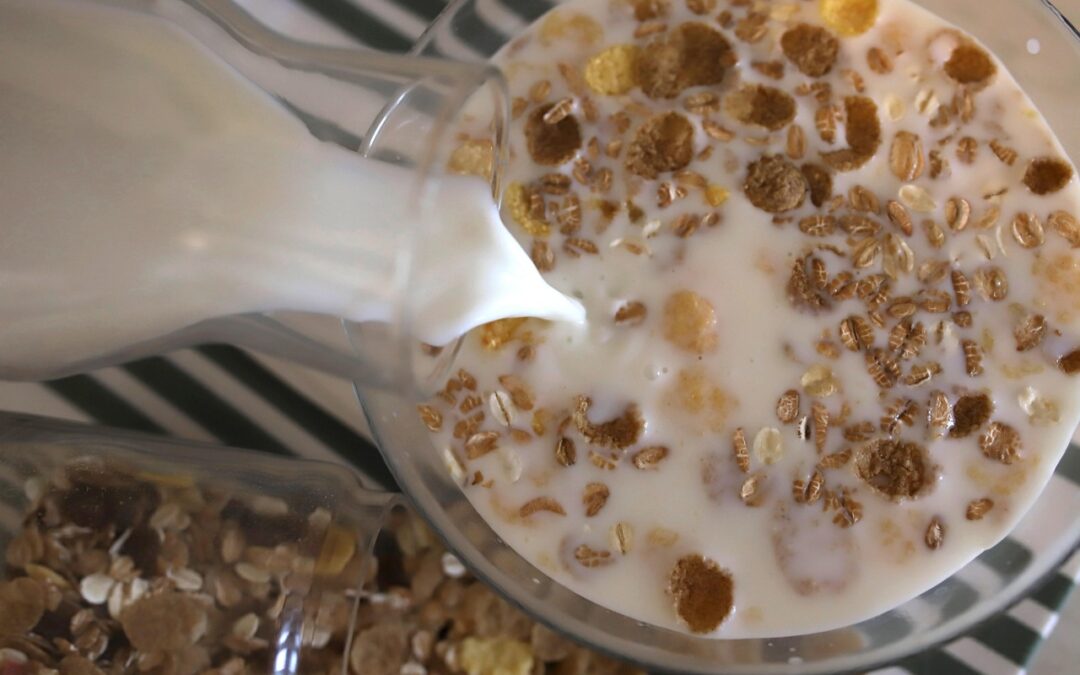When you think about oat milk, the first thing that probably comes to mind isn’t cutting-edge sustainability innovation. However, as businesses search for ways to lower operating costs while reducing their environmental impact, new ideas—like 2D printing liquid products—are making waves.
What is 2D-Printed Oat Milk?
A recent article from Inc. highlights how one company is transforming the way we think about shipping liquids by printing oat milk into dissolvable sheets (Inc., Dickinson, 2025). Once these lightweight sheets reach the consumer, they simply add water to create a full beverage.
This approach drastically reduces packaging, shipping weight, and refrigeration needs, making it a cost-effective and energy-efficient alternative to traditional liquid distribution.
But this technology isn’t just for oat milk—it has huge potential across multiple industries.
Where Else Could 2D Printing Cut Costs?
Food & Beverage Industry
- Instant coffee, soup stocks, and even liquid condiments could be printed and shipped in sheet form. This would eliminate heavy packaging and refrigeration costs, reducing carbon footprints and logistics expenses.
Pharmaceuticals & Healthcare
- Medications could be shipped in dissolvable sheet form, reducing the need for liquid packaging and extending shelf life. This could be particularly valuable in rural or disaster-stricken areas where refrigeration isn’t available.
Cleaning Products
- Many cleaning sprays and detergents are over 90% water—meaning companies are paying to ship water around the world. With 2D printing, concentrated sheets could be mailed in a simple envelope, cutting packaging waste and transportation emissions.
Construction & Manufacturing
- Imagine adhesives, paints, or even cement additives being printed as dry sheets and mixed on-site, reducing the energy and cost of shipping large liquid volumes.
The Financial & Energy Savings Impact
Every business looks for ways to lower operational costs; shipping and storage are major expenses. By transitioning to lightweight, printable alternatives, industries could see:
✅ Lower transportation costs (fewer trucks, lower fuel consumption)
✅ Reduced refrigeration needs (lower energy usage)
✅ Less packaging waste (cutting production and disposal costs)
✅ More efficient storage (smaller, lighter products = better inventory management)
A Future of Smarter Shipping
As companies push toward more sustainable and cost-effective operations, 2D printing of liquid-based products could be the next big shift. Whether it’s oat milk, medications, or industrial materials, this technology has the potential to reshape supply chains, reduce energy consumption, and lower costs across multiple sectors.
By thinking outside the box (or bottle!), businesses can create a leaner, greener future—one sheet at a time.

